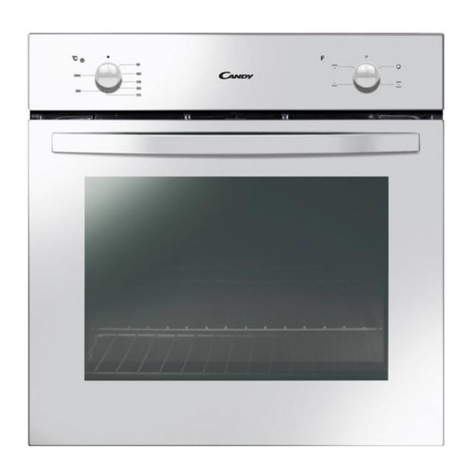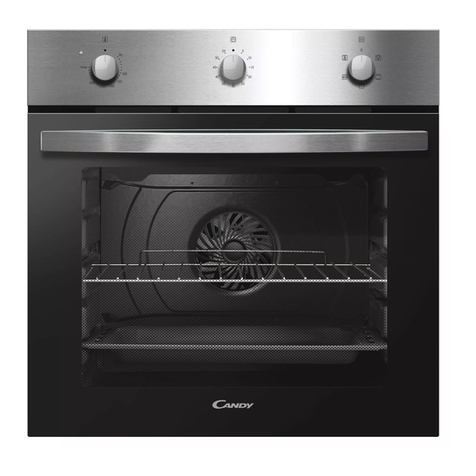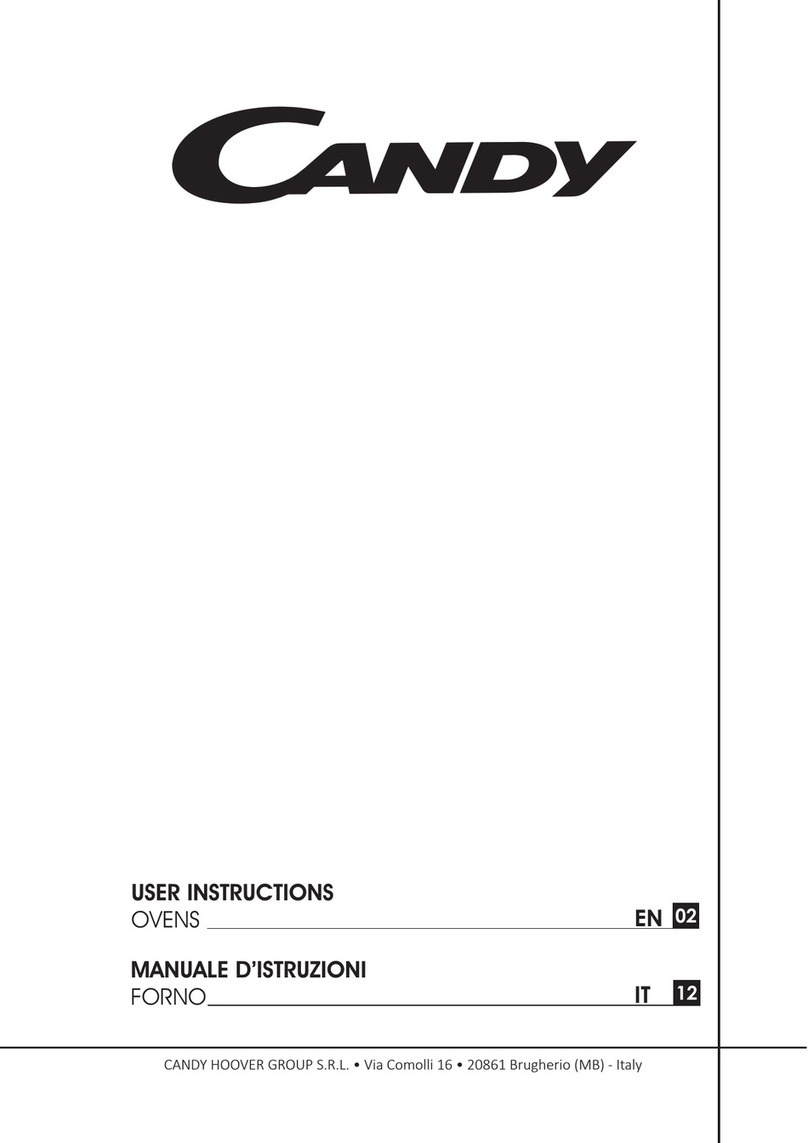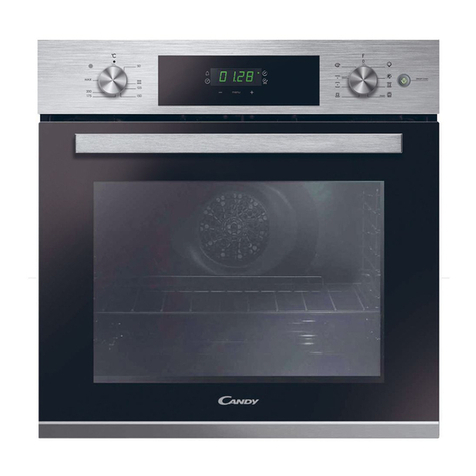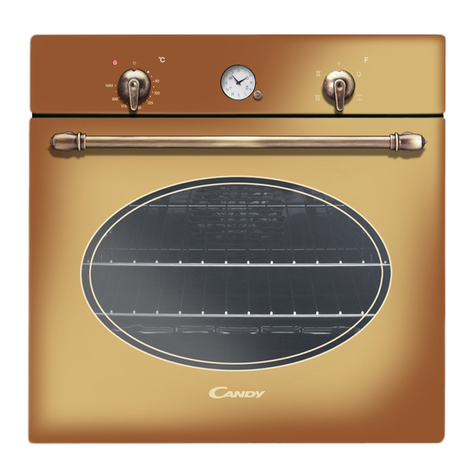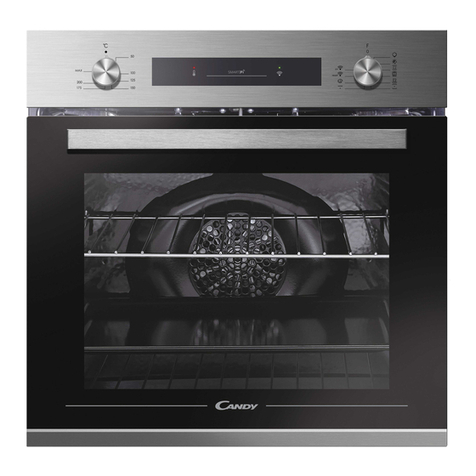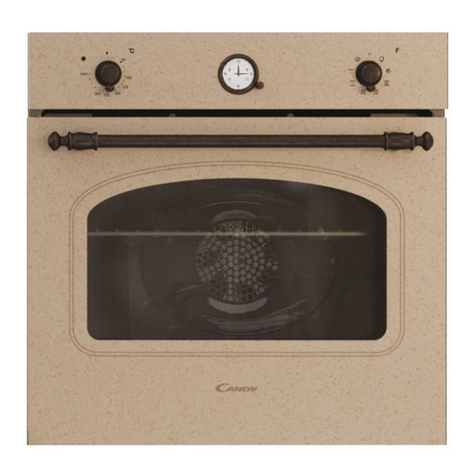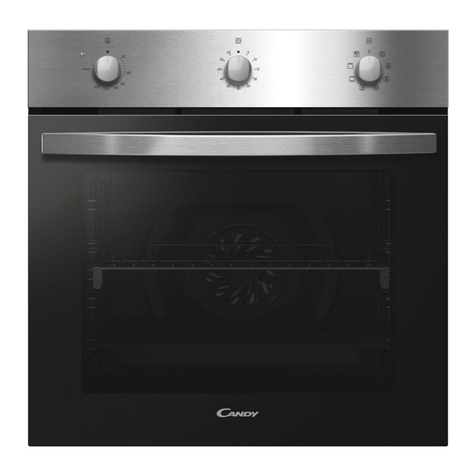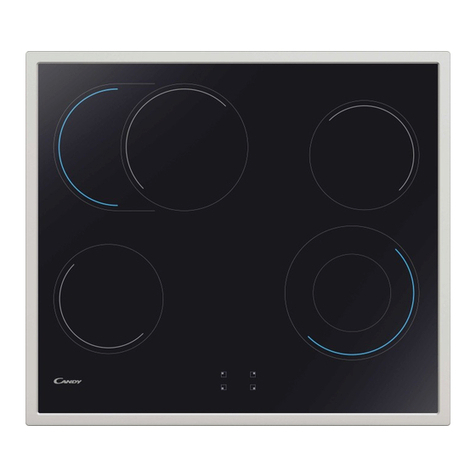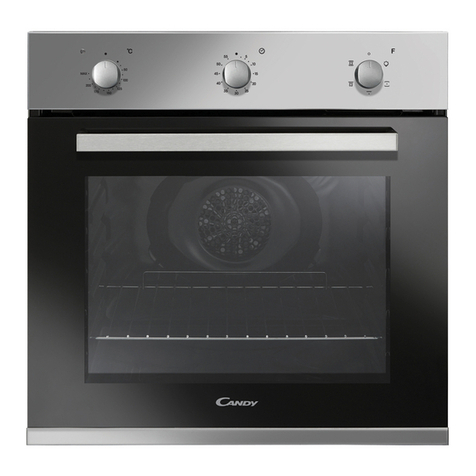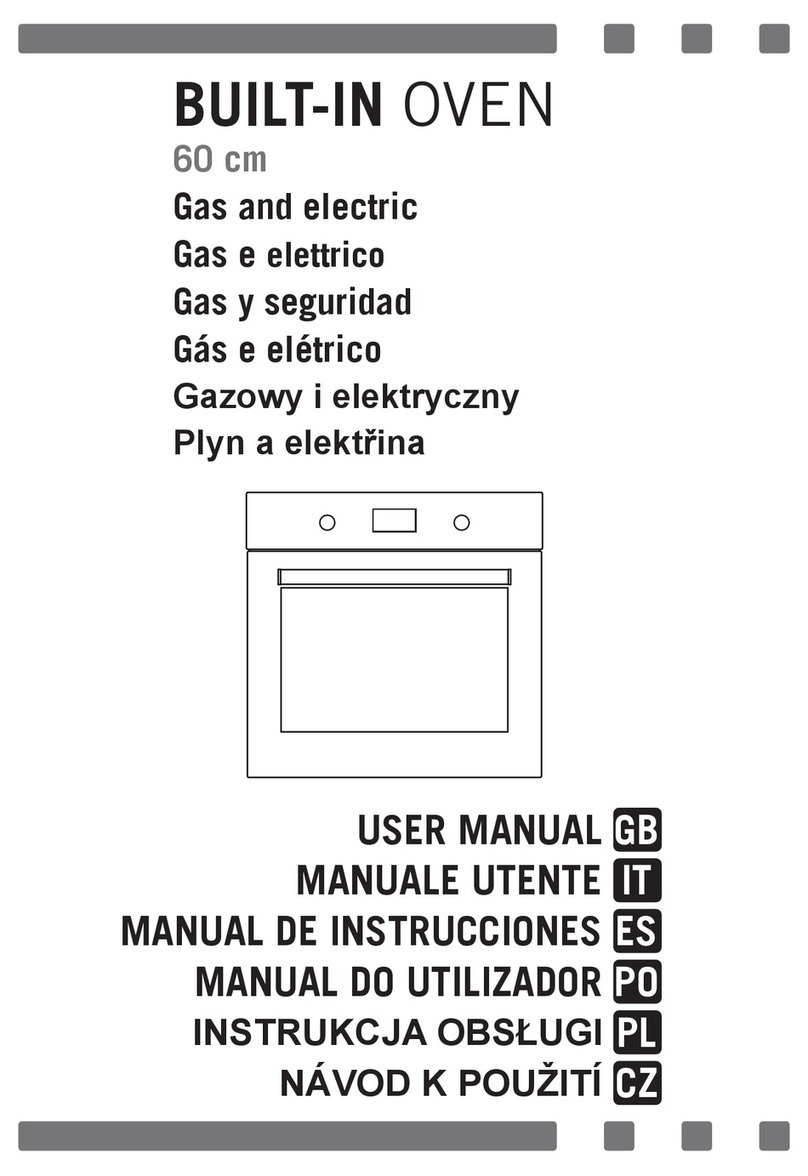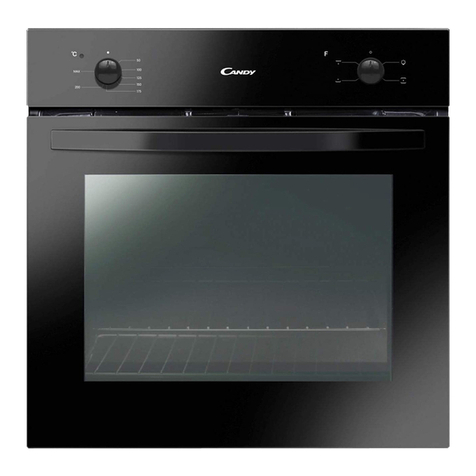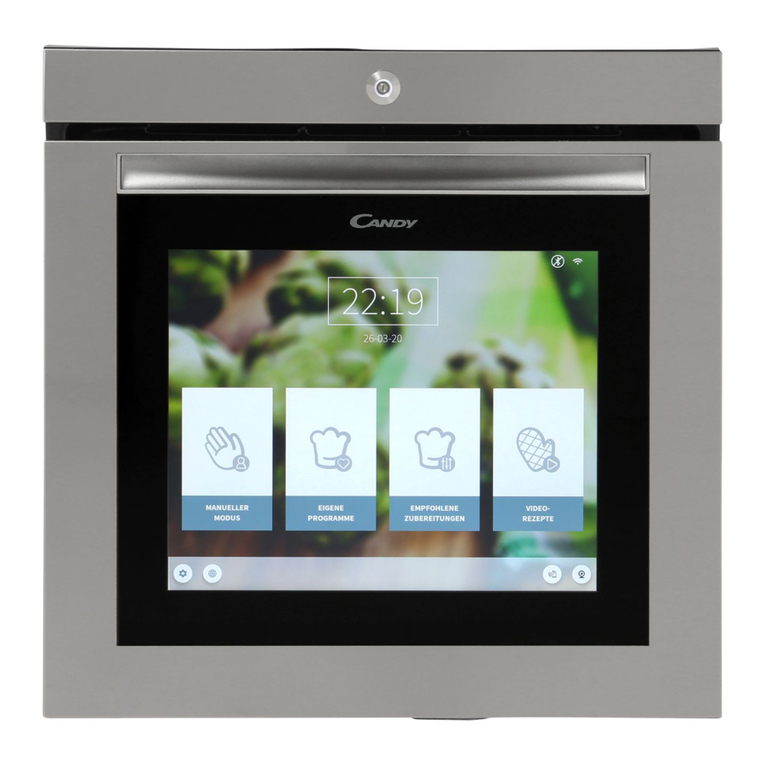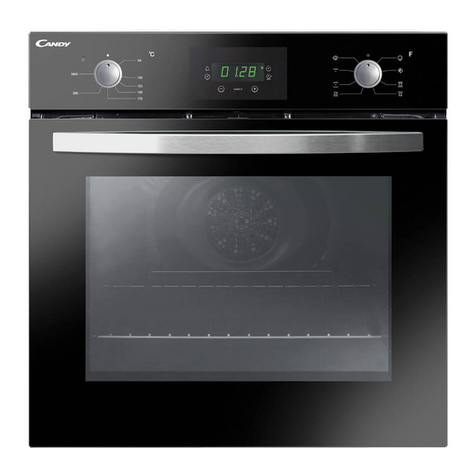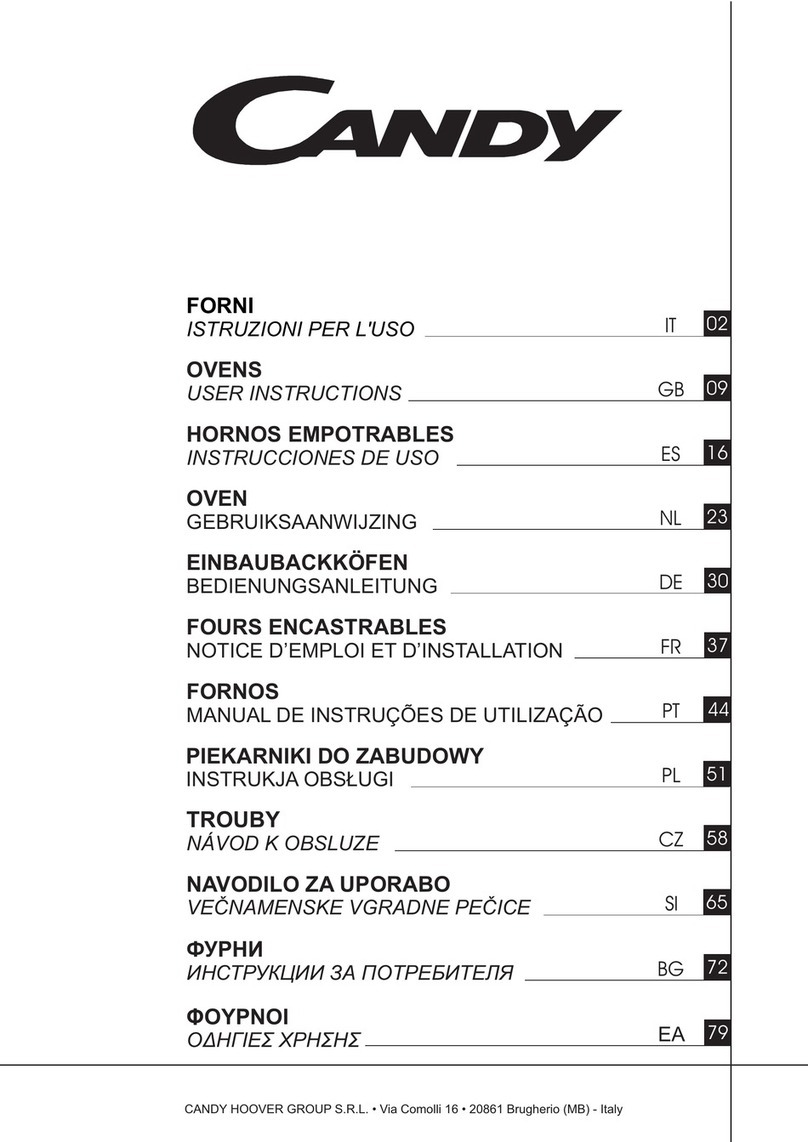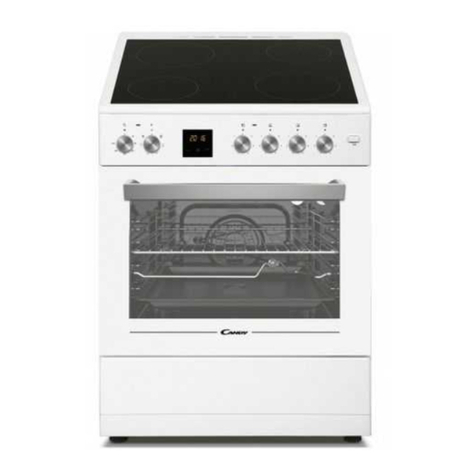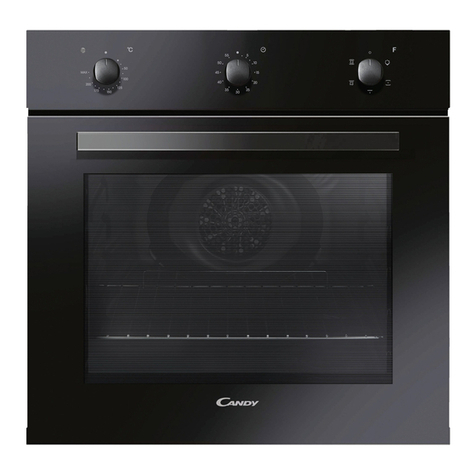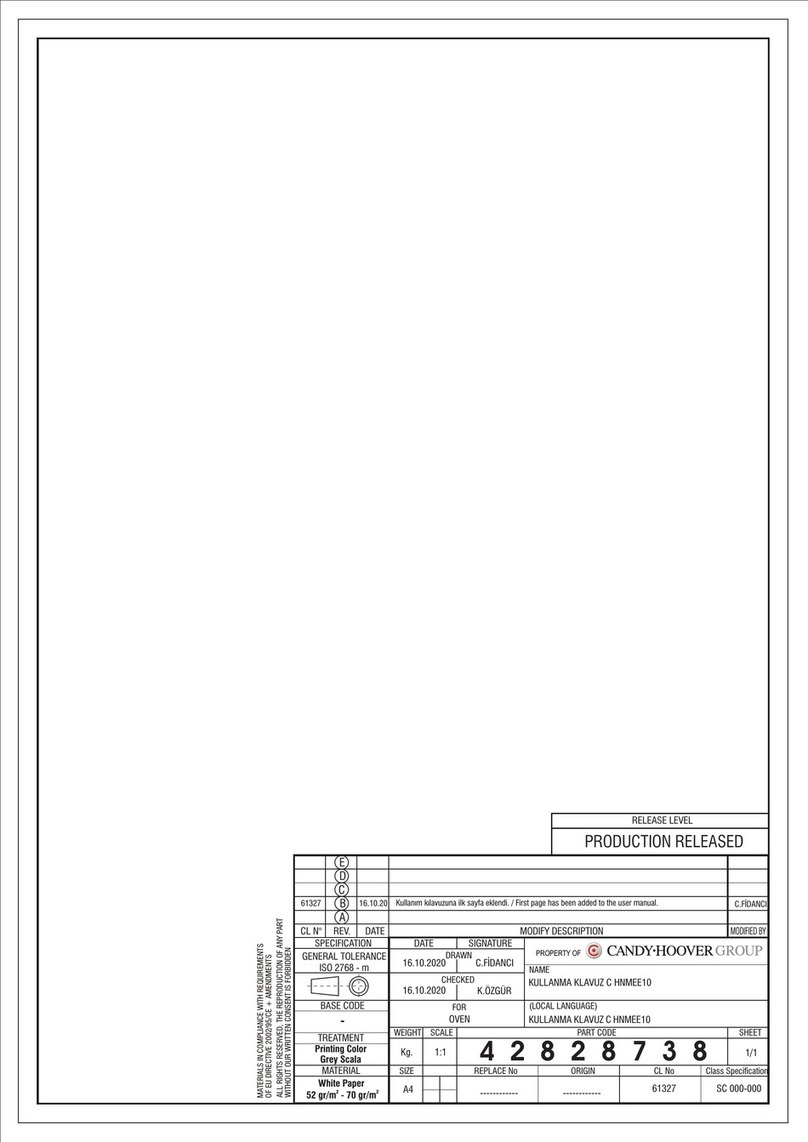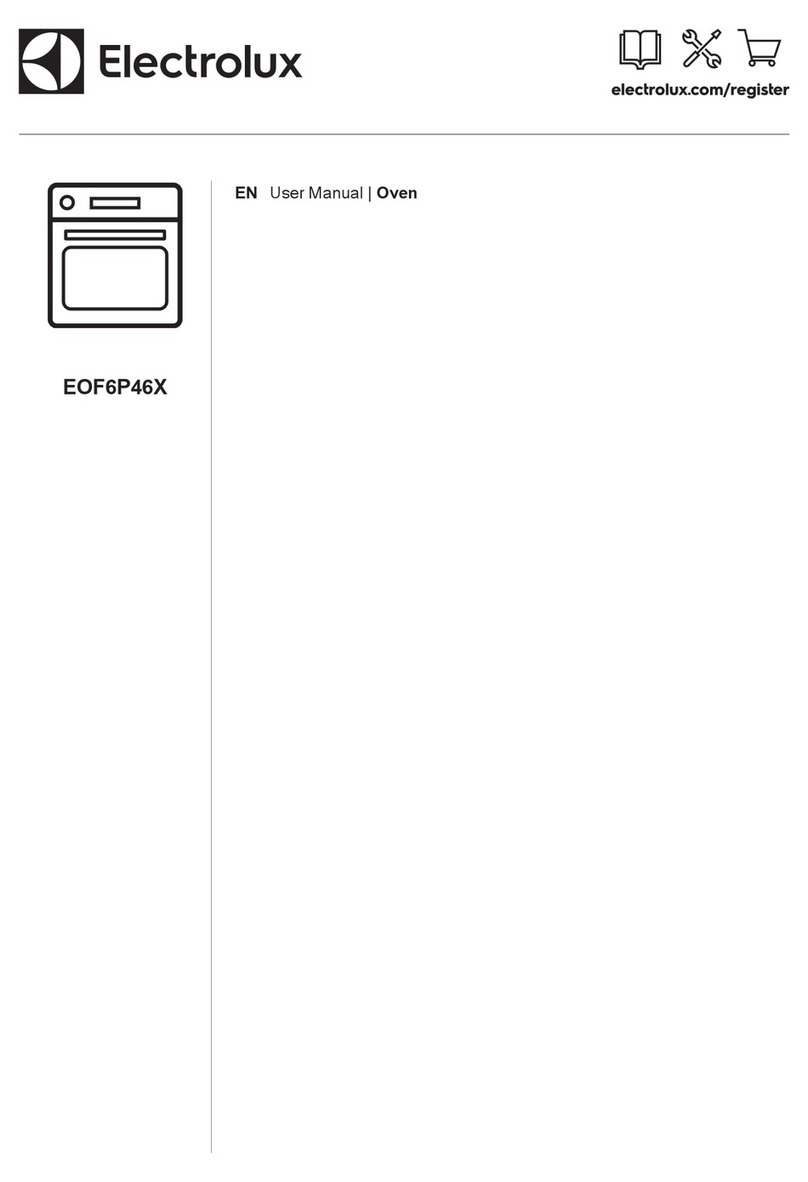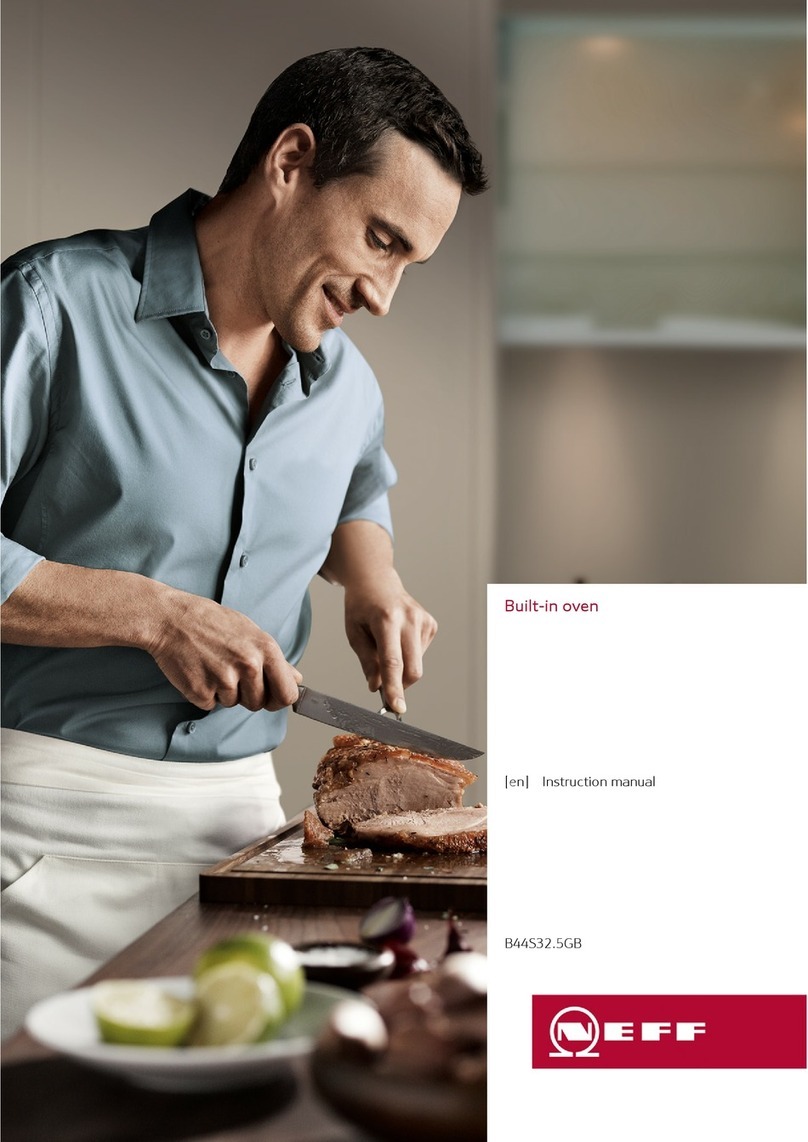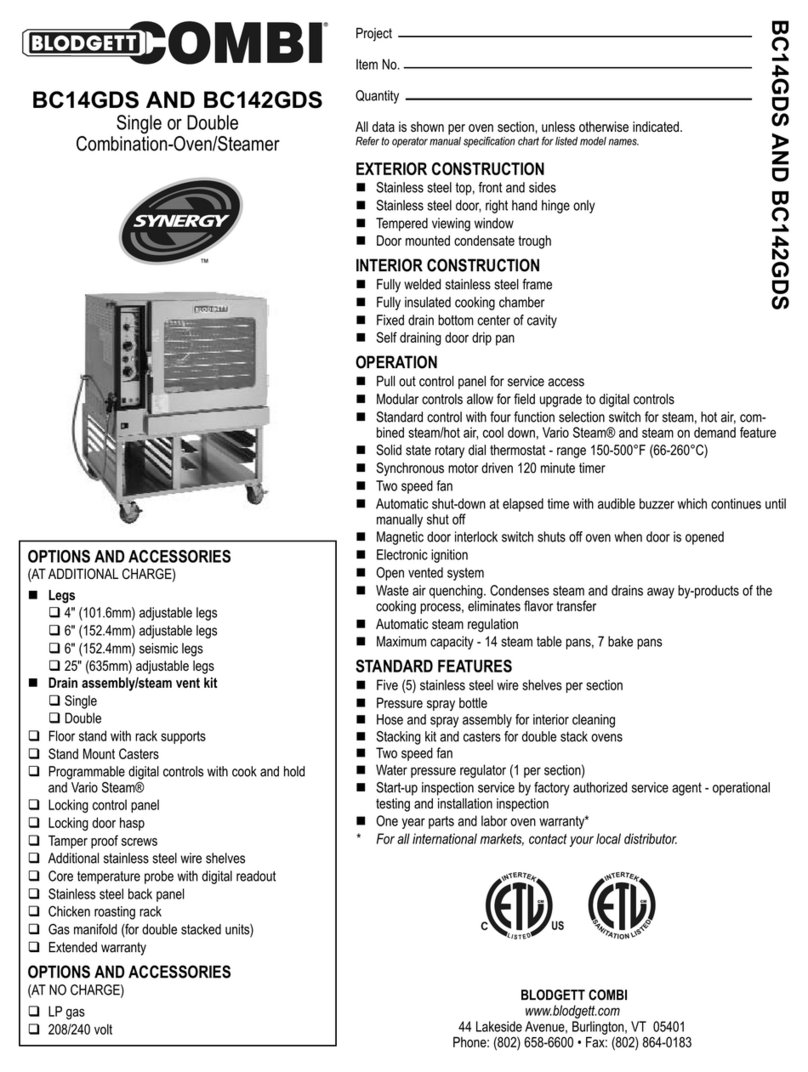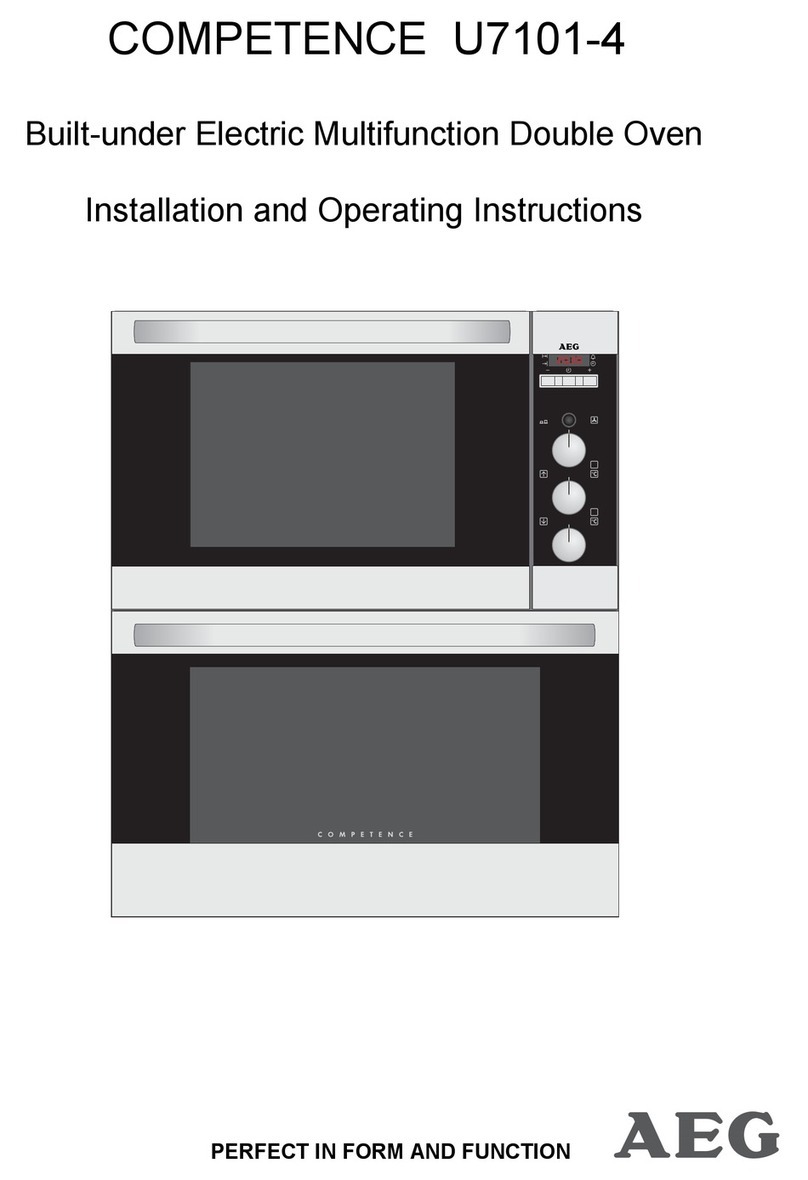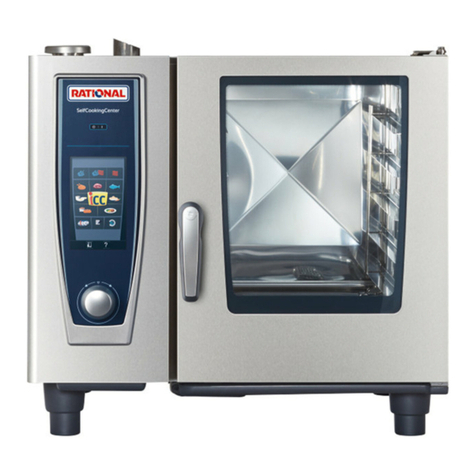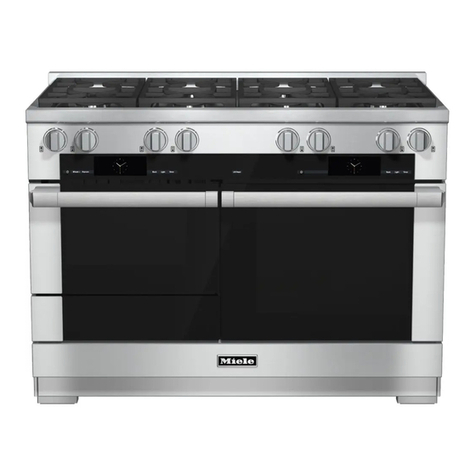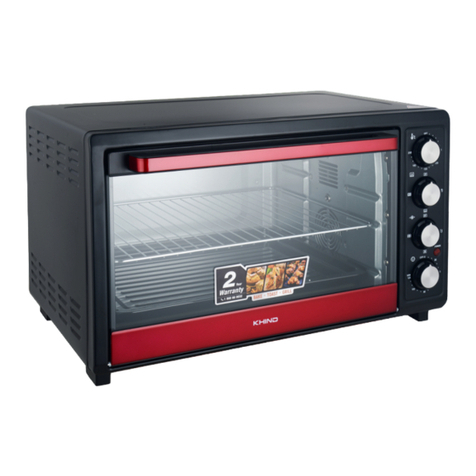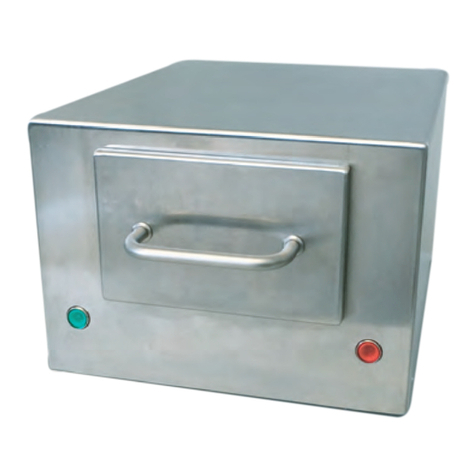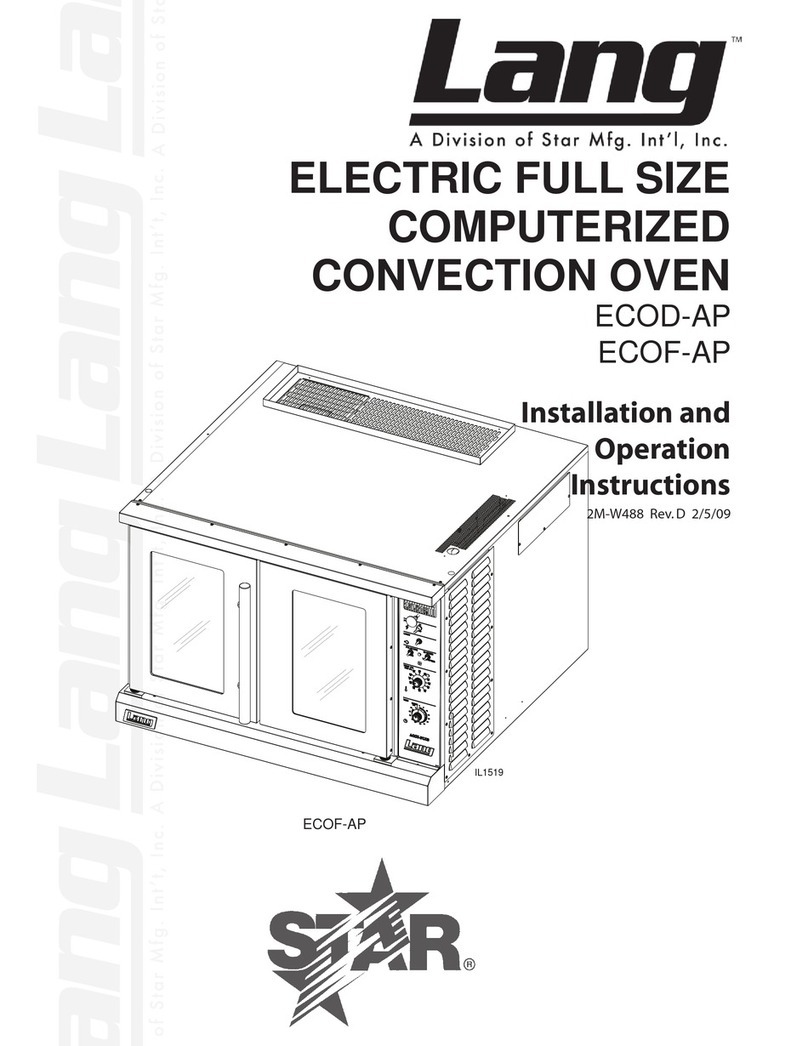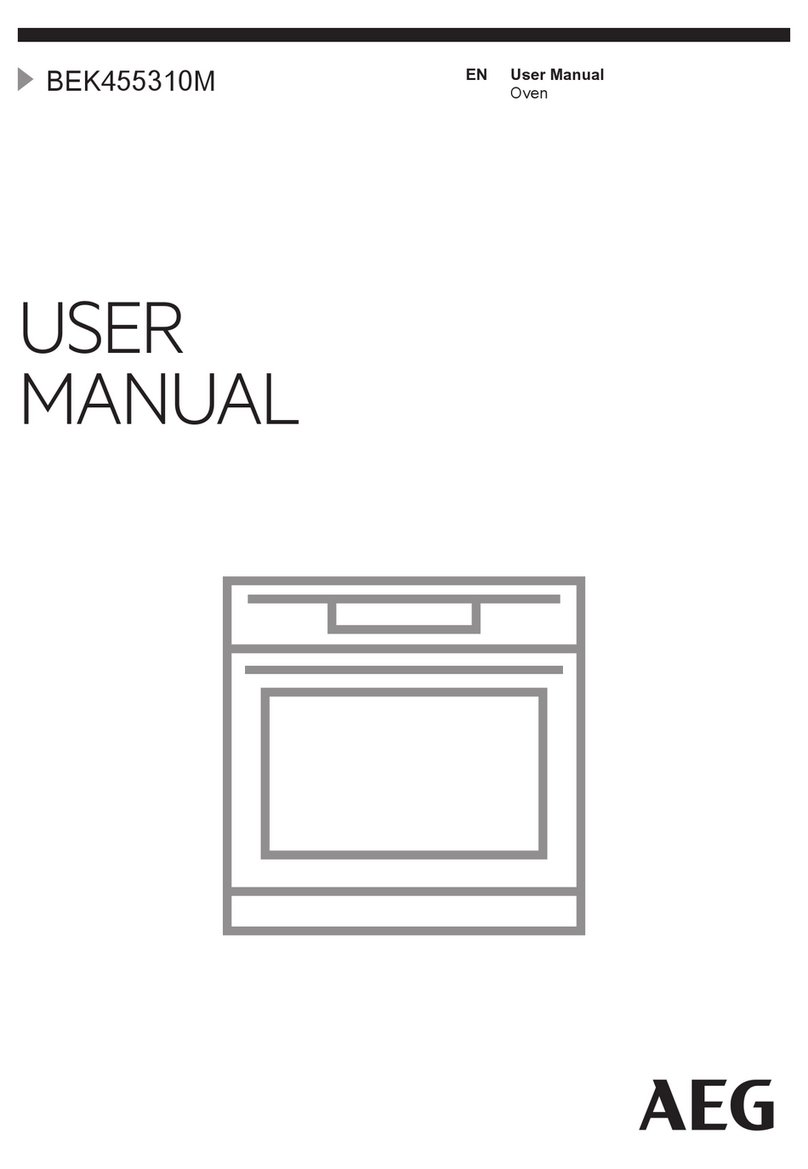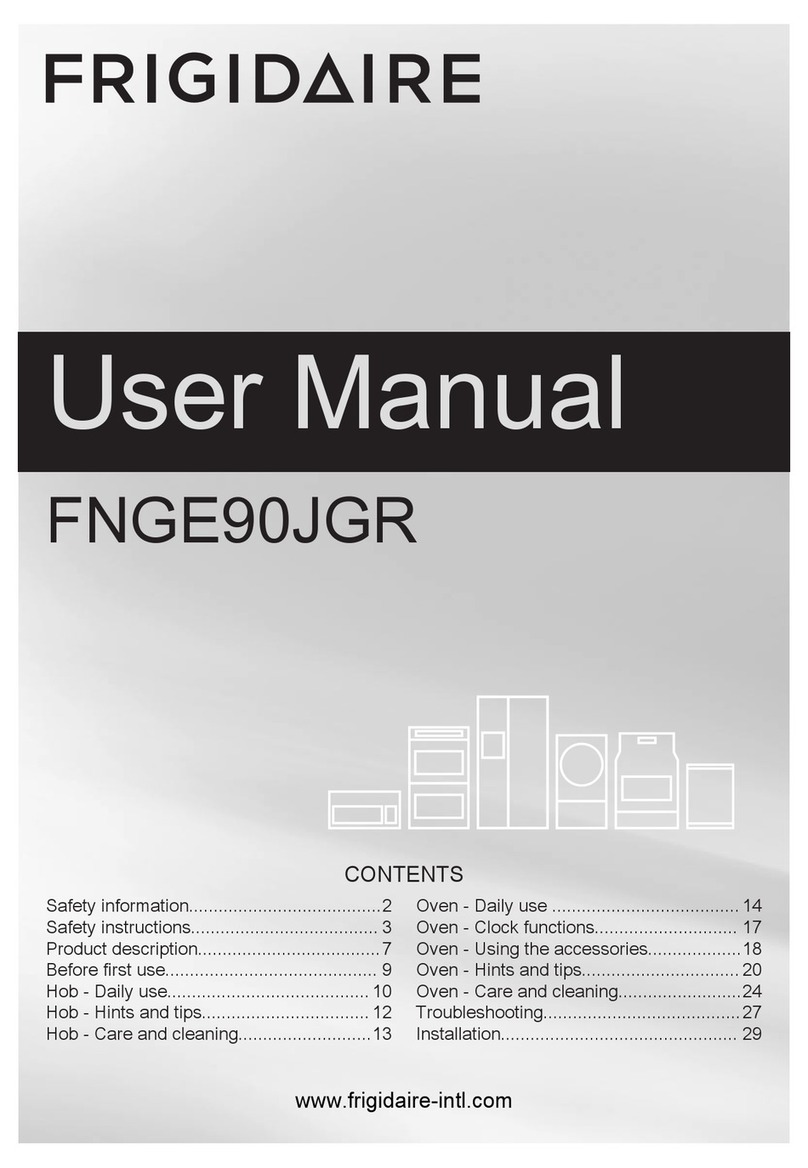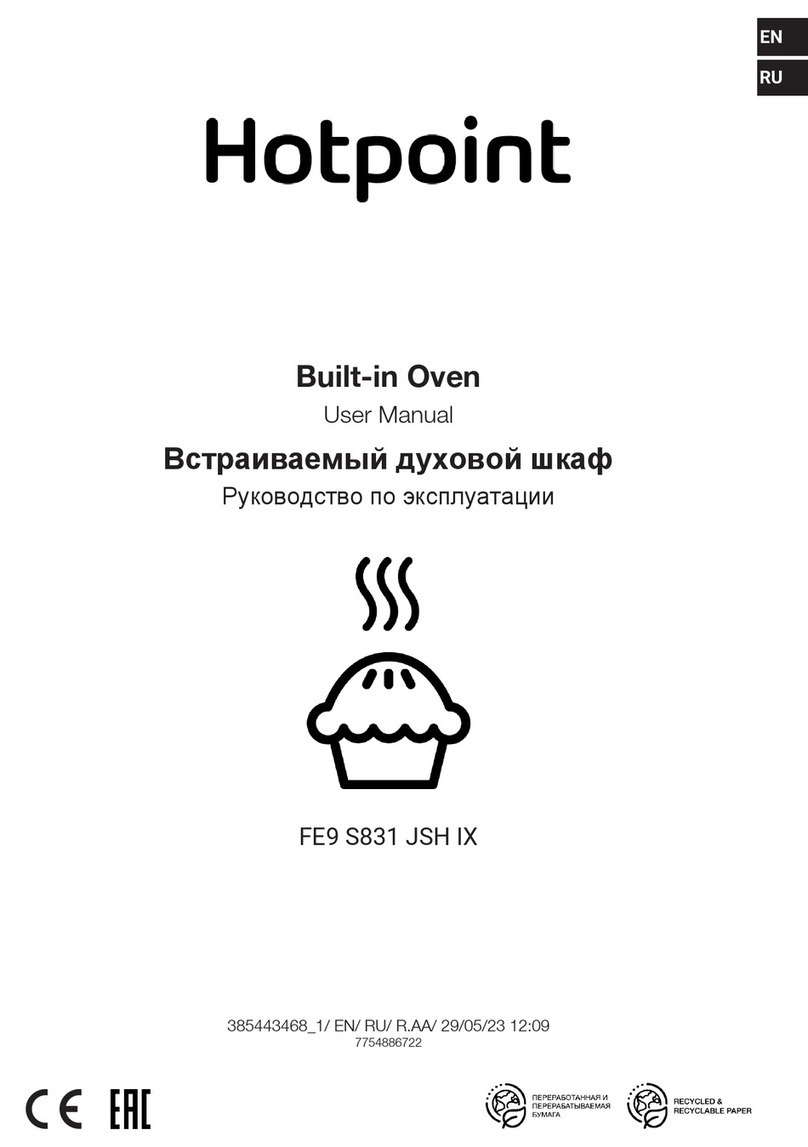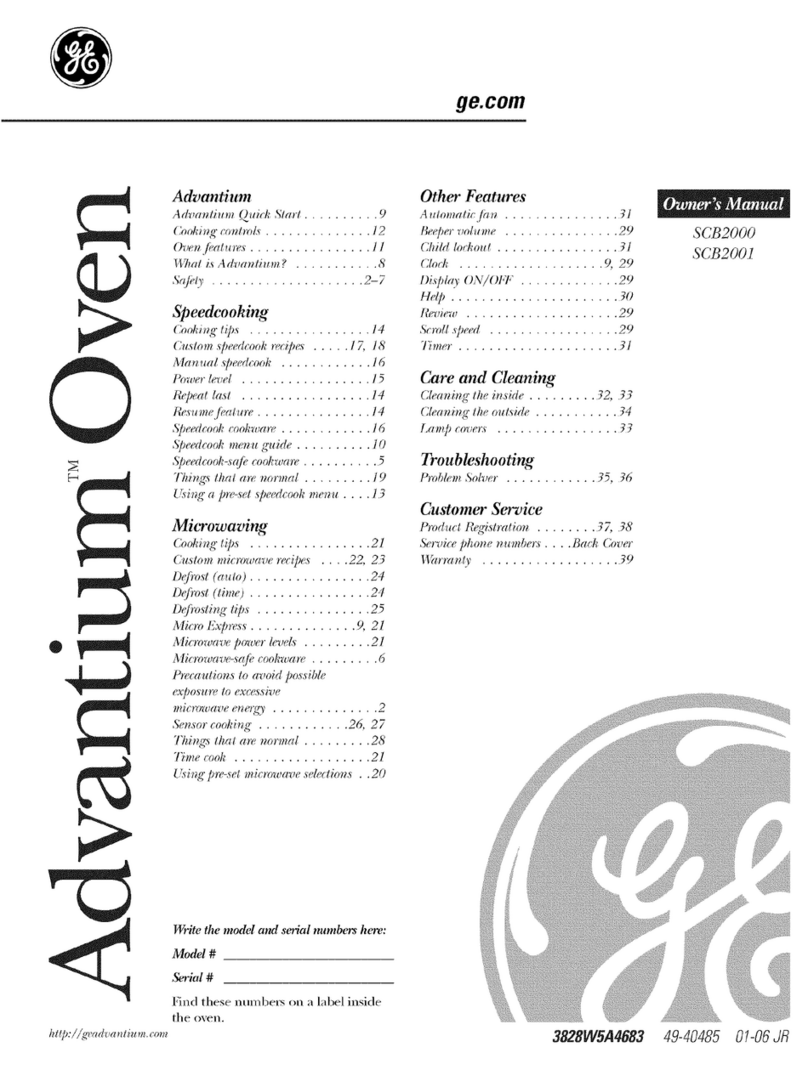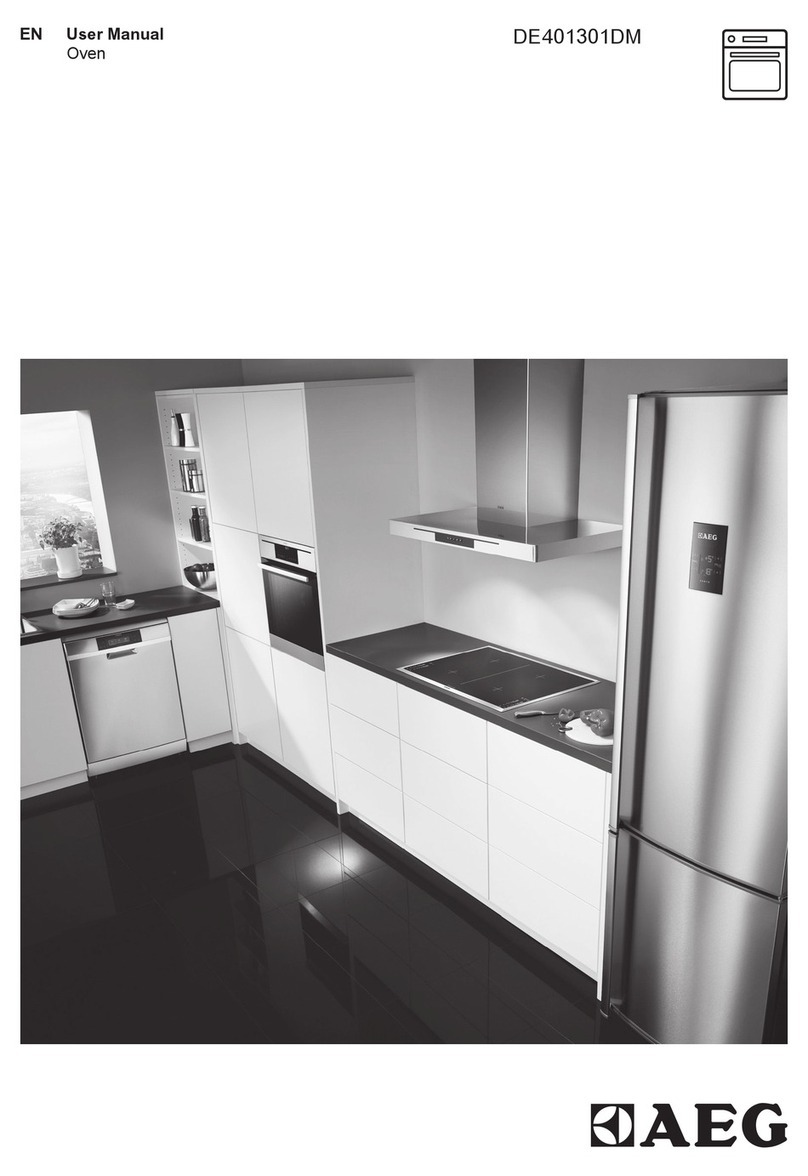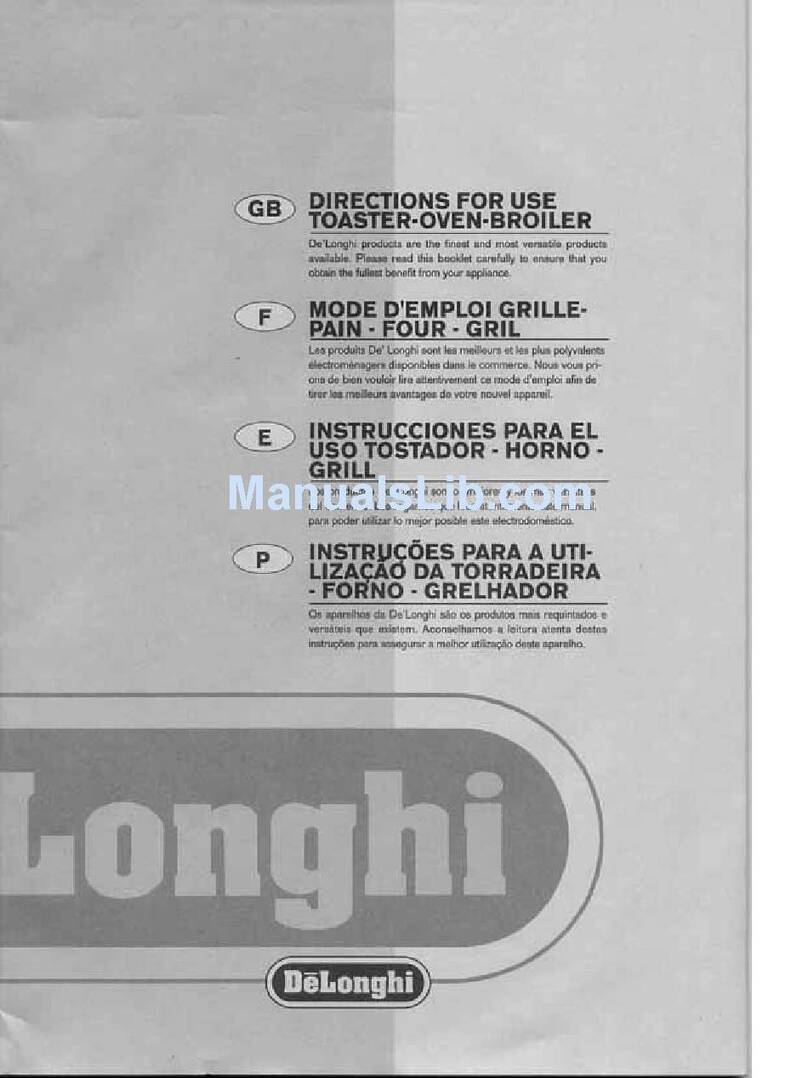2525
2525
25
SAFETY DEVICESAFETY DEVICE
SAFETY DEVICESAFETY DEVICE
SAFETY DEVICE
•Please read your instructions given in this booklet ; they provide important information
on the safety of the installation, use and servicing, as well as some advice on how to get the
best from your oven. Keep this document carefully for later consultation.
If these instructions are not foIf these instructions are not fo
If these instructions are not foIf these instructions are not fo
If these instructions are not followed correctly we cannot be held responsible forllowed correctly we cannot be held responsible for
llowed correctly we cannot be held responsible forllowed correctly we cannot be held responsible for
llowed correctly we cannot be held responsible for
any problems which may arise.any problems which may arise.
any problems which may arise.any problems which may arise.
any problems which may arise.
• Your oven should be installed and connected electrically by an approved installer or
similar qualified technician.
• The oven that you have just acquired has defined technical characteristics and in no case
should you make any modifications to the equipment.
•The oven door and all other accessible parts become hot during operation. You are
advised to keep children away from the oven during use.
•Before operating the pyrolyser cycle, it is much important to remove any of the larger
quantities of grease. Too many large greasy deposits could catch fire under the effect of the
high heat pyrolyser cycle.
• Never use a steam or high pressure device to clean the oven.
•If the oven shows any defect whatever, disconnect it from the power supply and immediately
contact an approved CANDY service agent.
• Do not store inflammable products in the oven ; they can be set alight if the oven
accidentally comes on.
• Do not put your weight on or let children sit on the oven door.
•Use kitchen gloves when putting dishes into or taking dishes out of the oven.
RECOMMENDATIONSRECOMMENDATIONS
RECOMMENDATIONSRECOMMENDATIONS
RECOMMENDATIONS
• After each use, it is recommended that the oven should be given a quick clean.
• Do not line the walls of the oven with aluminium foil as direct contact can melt the foil
and damage the oven enamel.
• To avoid any unnecessary oven soiling or the production of excessive smoke we recommend
that the oven not be used at too high a temperature. It is far better to extend the cooking
time while lowering the oven temperature.
• In addition to the accessories supplied with the oven, we recommend that you only use
dishes, which are specifically made for oven use.
